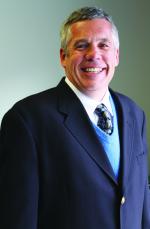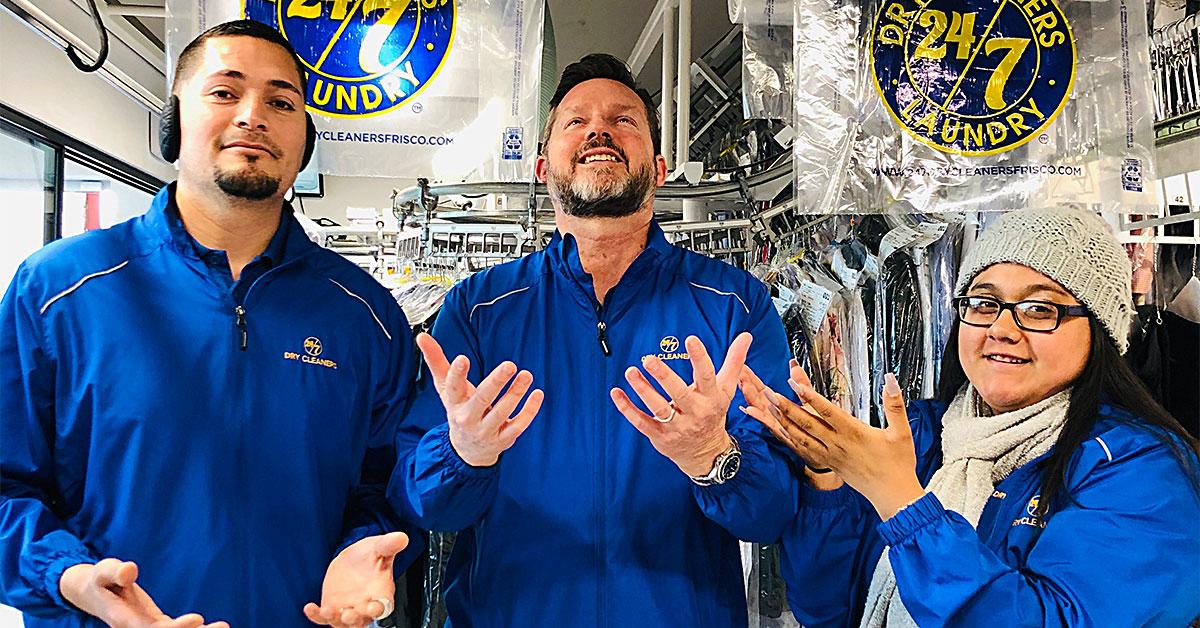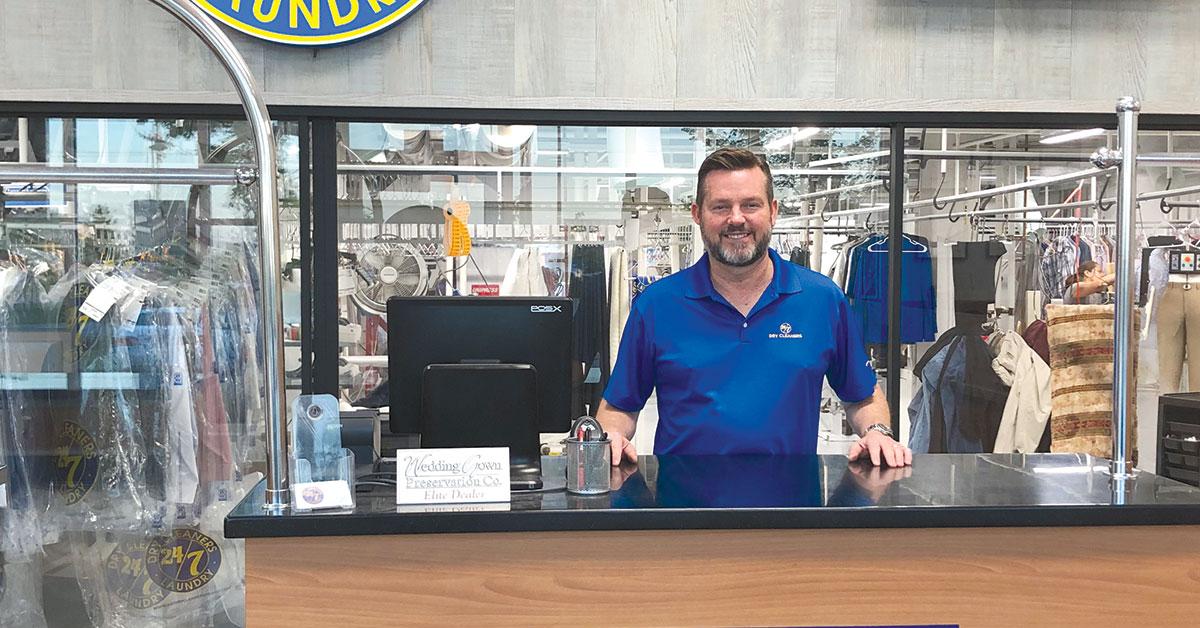CHICAGO — “Can you just chill a moment?”
How many times have you heard that saying uttered? Let’s put a new-old spin on chill by looking at cooling methods used at dry cleaners in Texas, Arkansas, and North Carolina.
A dry cleaner in Texas fights the summer heat describing it as, “A beast that is difficult to tame.”
By chilling down the drycleaning work environment— and taming the beast — owners can increase worker efficiency, plant safety, and the overall comfort of all: team members, owners, managers, and clients coming in out of the hot day.
“By providing a more pleasant work environment, I find that it is easier to hire, and retain, employees. I have found that myself and my employees have more energy, thus improving productivity during the intense Texas summers, a period which would typically drain us physically and mentally.”
This is Charlie Jones, the owner and operator of 24/7 Dry Cleaners in Frisco, Texas. Shortly after opening on Sept. 1, 2016, his cleaners was honored with an American Drycleaner award for Outstanding Plant Design in a Strip Center.
“Yes, adding air conditioning to your store adds to your energy consumption and costs. However, I find those costs smaller than you may think, especially when factoring employee morale and turnover into the equation,” Jones relates.
“I have yet to meet the person that has air-conditioned their facility and has regretted the decision. The typical refrain is ‘Why didn’t I do this sooner?’”
When Jones opened his first drycleaning plant in the summer of 1994, he says he knew very little about the business of dry cleaning.
Jones contracted with a local franchise to put in a store turnkey.
“I was so busy trying to learn as much as I could before we opened, that I paid very little attention to the build-out. They did a great job, but to my surprise there was no air-conditioning anywhere, only swamp coolers,” he points out.
“As we opened in the summer, I quickly learned that swamp coolers were not very effective in a hot and humid environment.
“When I asked the franchise office: ‘Why didn’t we at least air-condition the call office,’ the response was, ‘A customer is only inside your store for two minutes.’
“I responded: ‘Yes, but I am here all day!’
“In short order, I became only the second operator in this franchise to air-condition the call office,” Jones says. “For my second and third stores I took a much more active role in the design and layout, not only did that mean air-conditioning the call office, but also spot cooling the production area,” Jones notes.
“This was true dehumidified air and a tremendous improvement over the old swamp coolers,” he says.
“Finally, for my fourth store, we added 35 tons of cooling for the entire facility, achieving a very comfortable work environment for me, my employees, and my customers.”
They chilled at last. But they weren’t alone.
Let’s ride a ‘cool front’ up to Arkansas.
Charles Enderlin is the owner of Oak Forest Cleaners, located in Little Rock, Ark. The cleaners was started in 1951 by his father Al.
“I purchased the business from my father in 1973. During 1986, a new 8,000 sq. ft. facility was built. The original facility was converted to a pickup station,” Enderlin says.
“The new facility has 16-foot ceilings, and evaporative coolers are used to cool the facility. Originally the evaporative cooler pads were Aspen wood shavings. Two of the original Aspen wood-type coolers were replaced with coolers using corrugated rigid media,” he notes.
Enderlin says he was surprised at how cool the air from the rigid media coolers was when compared to the Aspen wood shavings.
“The original Aspen wood evaporative coolers are up for replacement,” he relates. “When that is done, my employees will once again be saying this is the coolest plant they have ever worked in!”
That’ s chill for sure, but let’ s do a 180-degree turn and go-with-the-cool-flow back down to South Texas to see what’s cookin’ at still another plant.
Check back Thursday for the conclusion.
Have a question or comment? E-mail our editor Dave Davis at [email protected].


